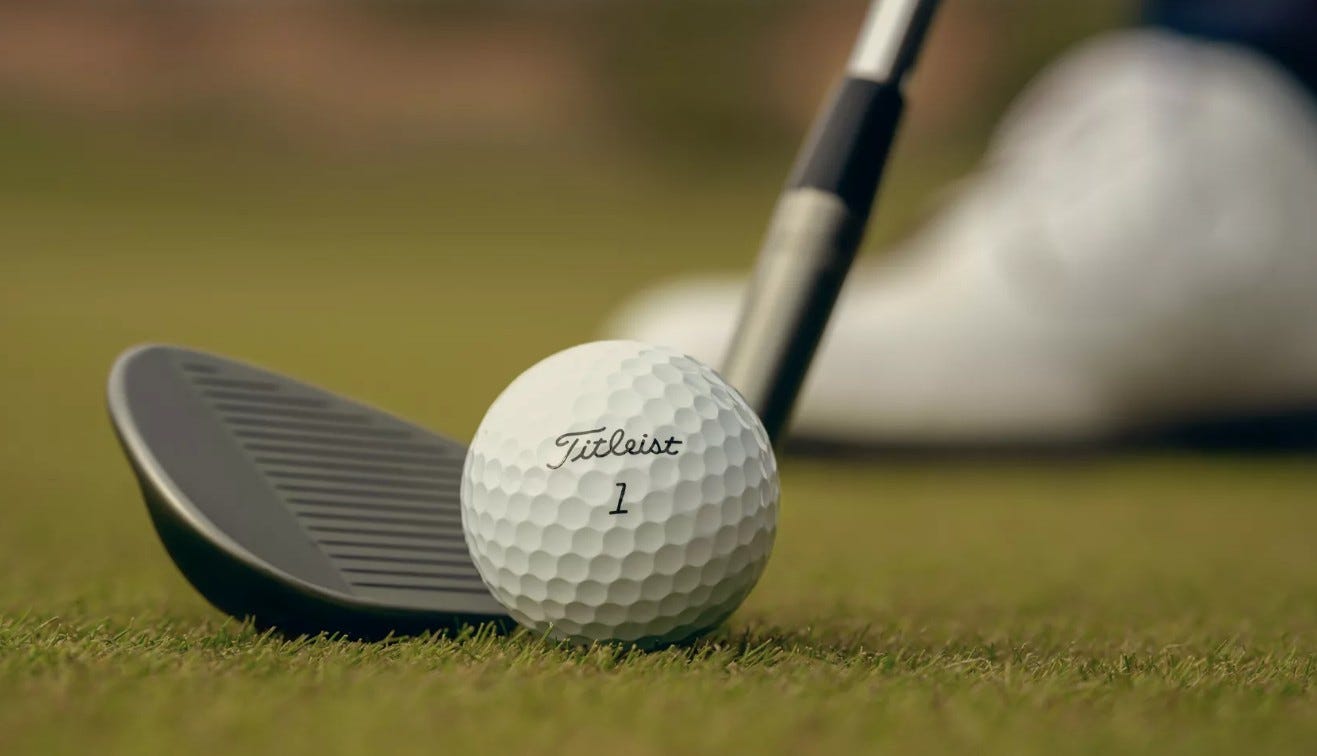"The Ball That Turned Golf Upside Down"
On a Sunday afternoon in October 2000, Billy Andrade sank a five-foot putt to win the Invensys Classic. It was a memorable day for Andrade, with the win taking him from 159th to 43rd on the PGA Tour money list, along with a two-year exemption that would keep him on tour. It was also a memorable day for Acushnet Holdings, because Andrade was the first Tour pro to win playing with the Titleist Pro V1 golf ball: “I was trying out a new ball… The first time I hit it, I was like, ‘Oh my gosh!’ It literally added 25 - 30 yards on my drives.”
Andrade wasn’t alone in noticing an impact: the next three players on the leaderboard also played with the Pro V1. The runner-up, Phil Mickelson, won the Tour Championship a few weeks later, where he said the following: “I feel like I’m a whole different player [with the Pro V1], I honestly do… When I swing harder the ball comes off the face hot and I can get it out there a good distance. In addition, I’m able to have pretty good control from 150 yards and in… I feel like I’m a different player… The change has come with that ball.”
While Titleist has long been the industry leader among tour pros - as noted in the FY24 10-K, it has been the #1 ball in professional golf for over 75 years – the Pro V1 furthered cemented that dominant position over the past 25 years: in 2024, Titleist posted a 73% ball count on worldwide professional golf tours, with the closest competitor at <10%. In addition, as you can see on page 129 of the S-1, Titleist’s tour ball count (%) is up ~10 points over the past decade.
Consumer interest in Pro V1’s rivaled the response from tour pros, with Pro V1 grabbing >5% market share in the first month after launch: “That's a single ball that had larger market share than most other golf ball companies.”
As you can see below, Titleist remains the clear industry leader, with dollar share in golf balls of about 50% in 2024. (Derived from data presented on slide eight of Callaway’s Q4 FY24 deck, along with figures from their 10-K.)


